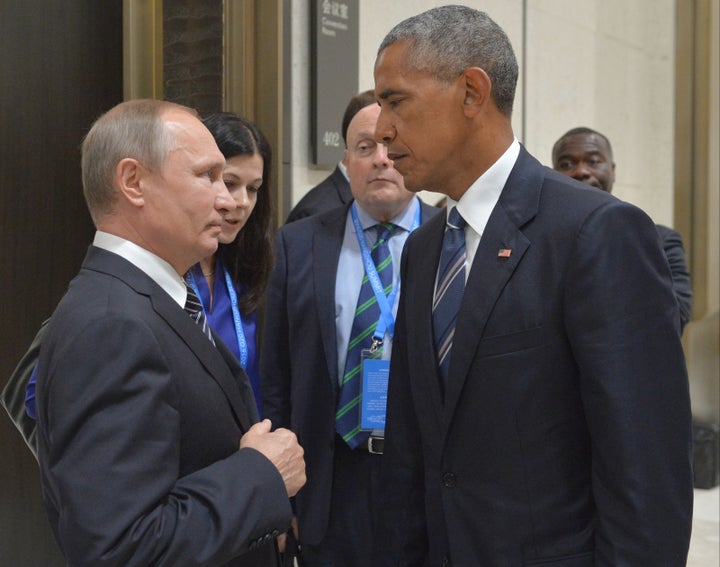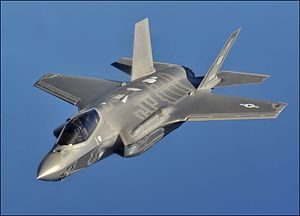09.10.16
The Time U.S. Spies Thought Al Qaeda Was Ready to Nuke D.C.
 American intelligence chiefs were so worried in late 2003 of a nuclear terror attack, they asked the British to take over their spying in case something ‘catastrophic’ went down.
American intelligence chiefs were so worried in late 2003 of a nuclear terror attack, they asked the British to take over their spying in case something ‘catastrophic’ went down.
On Christmas Eve 2003, Gen. Michael Hayden, the director of the secretive U.S. National Security Agency, made a secure phone call to his British counterpart, David Pepper, the director of the Government Communications Headquarters.
“Happy Christmas, David,” Hayden said, speaking to Pepper from NSAheadquarters at Ft. Meade, Maryland, about 20 miles from the Capitol in Washington, D.C. Such social calls weren’t unusual. The NSA and GCHQ were the closest of allies in a global hunt for the phone calls, emails, and other electronic communications of spies and terrorists.
But Hayden had more on his mind than season’s greetings. In recent days, the NSA had been collecting what Hayden would later describe as a “massive amount of chatter”—phone calls and emails from terrorists—that suggested al Qaeda was planning multiple attacks inside the United States, timed to the holidays.
“One more thing, David,” Hayden said after the two men exchanged pleasantries. “We actually feel a bit under threat here. And so I’ve told my liaison to your office that should there be catastrophic loss at Ft. Meade, we are turning the functioning of the American [signals intelligence] system over to GCHQ.”
There was a long pause as Pepper absorbed what his American colleague had just told him.













